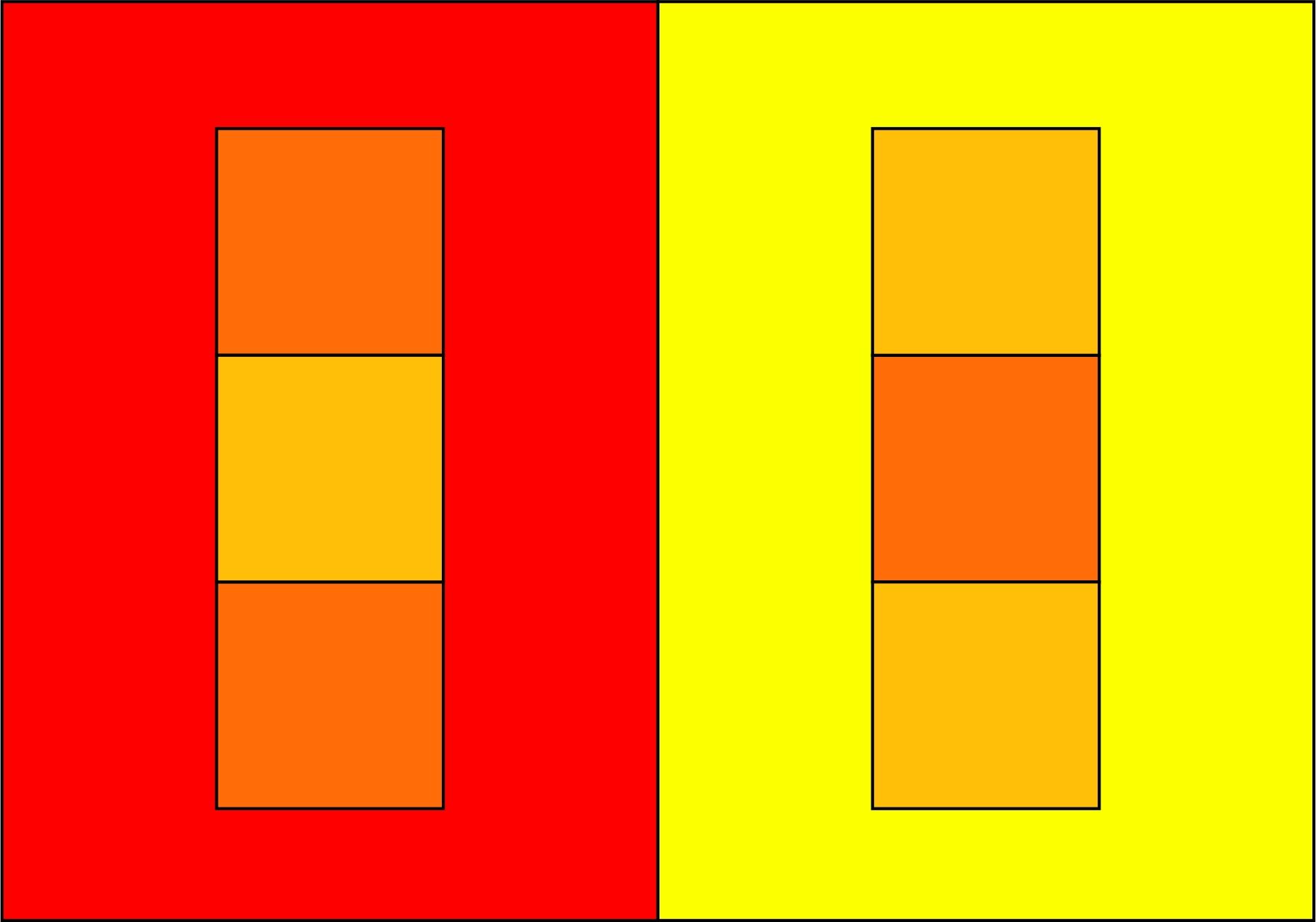3 The case for illusionm
Such resolution of the underspecification problem can even annihilate an existing illusiond. Consider the sophisticated AM display we encounter when going to the movies. And let us take the old-fashioned kind, where the projection screen is black most of the time, only interrupted 24 times a second by a very brief flash of a stationary picture. Smooth motion is perceived. Here, the observer is typically unaware of the illusiond, but what is perceived is actually closer to the original scene than to the movie that was made from it. We might even entertain the idea that there is no illusiond, since the percept is very close to the original scene that was filmed. Now, calling apparent motion illusoryd when dealing with artificial or computer-generated stimuli, but veridical when dealing with a movie, does not seem to make much sense. This is because, in a very deep sense, the visual system has no way of distinguishing between actual motion and snapshot motion. The hardware we use to detect motion is built such that it is unable to differentiate between the two. Basically, the detector for motion is designed such that successive excitations of the receptive fields of two motion-sensitive neurons lead to the impression of motion. These Reichardt/Hassenstein detectors (Hassenstein & Reichardt 1956) are discrete; they cannot tell the difference between continuous and stroboscopic motion (see e.g., Hecht 2006). Note that this holds for phi-motion but falls apart when ISI or duty cycle are changed.
 Figure 2: Simultaneous color contrast: The orange and the yellow squares are of the same respective color in the panel on the left and on the right.
Figure 2: Simultaneous color contrast: The orange and the yellow squares are of the same respective color in the panel on the left and on the right.
Let us now look at an example from the color domain to further challenge the notion of illusiond. The phenomenon of color constancy lets us perceive the same color even if the ambient lighting changes dramatically. We see an object as blue regardless of whether the room is lit by a neon light or by sunlight. It would not make sense to call the percept of “blue” an illusiond under neon light when the ambient lighting is such that the object mainly reflects wave lengths of say 500 nm and to call it veridical when it is lit by sunlight such that the dominant wavelength is 450 nm. In both cases, the object appears blue. We cannot determine in principle which of the two cases deserves the name illusiond, if any, or if both deserve to be called illusiond. In contrast, when the two cases are juxtaposed, an illusionm becomes manifest. In Figure 2, the center inner square surrounded by red on the left and the outer squares surrounded by yellow on the right are of an identical color, as becomes manifest when occluding the surrounds. Thus, illusionm becomes apparent, but illusiond cannot be defined in any meaningful way.